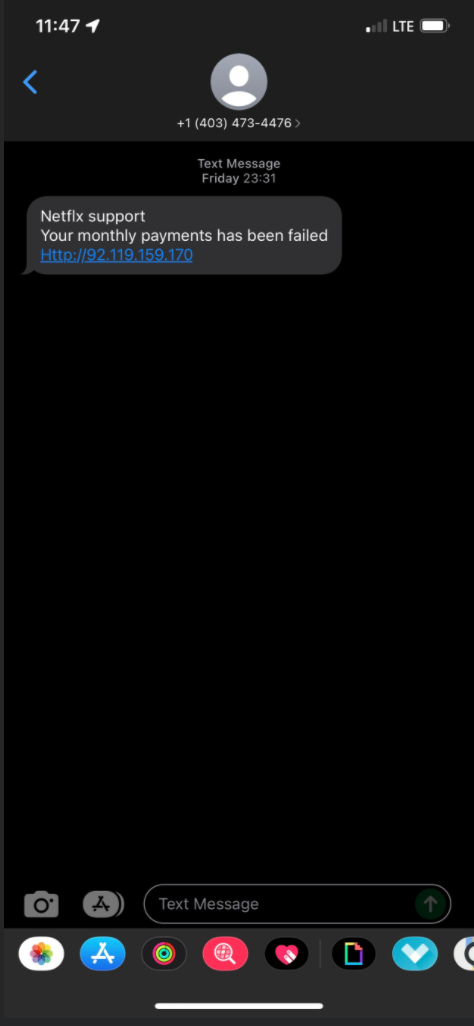SMS Scams: How to spot and avoid them

With a 98% open rate, SMS is a great marketing channel. But like all channels, it can be taken advantage of by scams.
There are different kinds of SMS scams. Generally, they take the form of people tricking you into giving them your personal information, downloading malicious software, or sending a costly response.
Don’t let these scammers put you off the platform – there is unlimited value and opportunity in SMS marketing. Many people subscribe to legitimate SMS services (like your business) and want to hear from them.
It’s all about responsible sending.
SMS scams can hurt your brand, but with easy spam-compliant practices in place, you can better protect your company and minimise the chance of being reported as a scam.
This is why it’s important to build trust with your customers and avoid appearing like a scam in your text messages. So how do you do that? Let’s dive in.
Common Scam Examples
As an SMS marketer, let’s look at what not to do. Here are three examples of scams received in Australia and Canada.



Through these examples alone, we can already see the five common characteristics of SMS scams.
- Bad grammar – In Picture 1 and 2, notice the weird spacing between words. In Picture 3, the language doesn’t sound natural.
- Suspicious offers – When something seems too good to be true, it probably is (especially when it’s unexpected). This includes winning prizes, exclusive tickets, and credit card offers. Avoid using language like ‘FREE FREE FREE.’
- Unknown sender – In Pictures 1 and 2, the message is from an unknown number, not clearly identified. Picture 3 comes from an obscure email address with jumbled numbers. Both are big red flags.
- Fake links – Random words and numbers? Avoid.
- Vague intentions – If the sender asks you to organise a postal delivery time, view photos, or sign up for a money-earning job you have no memory of asking for – trust your gut.
- Irrelevant content – In Picture 1, it’s immediately obvious the sender is a scammer because the content has no connection to you. If you don’t have a Netflix account, the link will be bad.
How to protect your brand from scam reports
It’s common for customers to be sceptical about potential scams (aren’t we all?). This is why it’s important to build relationships, so your audience trusts your SMS communication.
First off, always ensure you have permission from every recipient, whether they’ve opted in by filling a form or ticking a box online.
When sending a text message, especially the first text message, always introduce yourself with your name or company name, and your reason for texting. The reason could be that they just visited in-store, attended your event, or purchased something from you. Include some personalisation, too.
Within your message, avoid being vague and make sure your offer is clear. When you proofread, ask yourself: does it sound like me/my brand? Is the spelling and grammar correct? Does it sound professional?
Consider your customer’s timezone to avoid reaching out during irregular hours, and don’t bombard them with too many texts within a short window of time.
Finally, always, always – give them an easy way to unsubscribe in every single SMS you send.
For more details, get up to speed on best practices for spam compliance in Australia.
Burst SMS offers safe sending
The Burst platform verifies your marketing messages as spam compliant, every step of the way. Our online platform auto-adds ‘Opt-out reply STOP’ to each of your outgoing messages. If your sender ID contains a word (alpha-numeric), Burst will automatically generate a unique unsubscribe link. To make your next campaign more efficient, Burst SMS automatically excludes opt-outs, so you can take that off your mental load.
We’re also ISO 27001 certified and have 100% Australian data sovereignty. This means, when you gather information from your customers and prospects, their data is safe. Burst SMS confirms the safety and location of your data and simplifies data compliance demands.
Build customer engagement
SMS marketing is a great way to build a personal and loyal relationship with your customers. It only takes a few simple measures to protect yourself from scams.
By avoiding looking like a scam and following spam-compliant laws, your customers will know your SMS communication is trustworthy.


